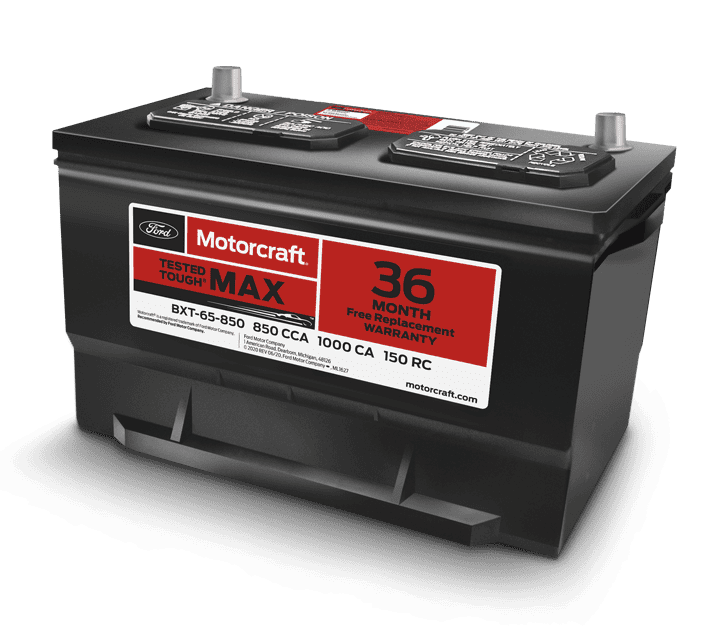Ford’s Curve Control
Imagine a car that responds before you even know something is wrong! Curve Control senses when a driver is taking a curve too quickly and rapidly reduces engine torque and can apply four-wheel braking, slowing the vehicle by up to 10 mph in about one second! From Ford: A New Curve for Safety Technology Ford … Continued
Imagine a car that responds before you even know something is wrong!
Curve Control senses when a driver is taking a curve too quickly and rapidly reduces engine torque and can apply four-wheel braking, slowing the vehicle by up to 10 mph in about one second!
From Ford:
Ford continues to refine and improve safety technology. Curve Control is part of a suite of safety technologies on the all-new 2011 Ford Explorer. Based on Ford-exclusive AdvanceTrac® with RSC® (Roll Stability Control™), Curve Control is designed to help drivers maintain control of their vehicle when taking a curve too quickly.
The technology senses when a driver is taking a curve too quickly and rapidly reduces engine torque and can apply four-wheel braking, slowing the vehicle by up to 10 mph in about one second.
“Too many accidents stem from drivers misjudging their speed going into curves and freeway off- and on-ramps,” said Sue Cischke, Ford group vice president of Sustainability, Environment and Safety Engineering. “Ford’s Curve Control technology senses a potentially dangerous situation and reduces power and applies brakes more quickly than most drivers can react on their own.”
Curve Control is effective on dry or wet pavement, and is expected to be particularly useful when drivers are entering or exiting freeway on- or off-ramps with too much speed. When a vehicle enters a curve too fast, the system responds to the driver’s steering input by rapidly reducing torque and increasing brake pressure to help keep the vehicle under control.
The patent-pending system works by measuring how quickly the vehicle is turning and comparing that with how quickly the driver is trying to turn. When the vehicle is not turning as much as the driver is steering – also known as “pushing” – Curve Control activates. The system applies the precise amount of braking required on each wheel to enhance the individual wheel braking of the traditional stability control system.
Curve Control uses sensors to measure roll rate, yaw rate, lateral acceleration, wheel speed and steering wheel angle, and runs calculations based on those inputs 100 times every second.
This is one of several new driver assist and safety technologies to be offered on the all-new Explorer. Other technologies include next-generation adaptive cruise control and collision warning with brake support, state-of-the-art pressure-based airbag technology, the industry’s first inflatable rear seat belts and intelligent four-wheel-drive terrain management system.
Curve Control will debut as standard equipment on the all-new 2011 Ford Explorer going into production later this year, and will be offered on 90 percent of the company’s North American crossovers, sport utilities, trucks and vans by 2015.


